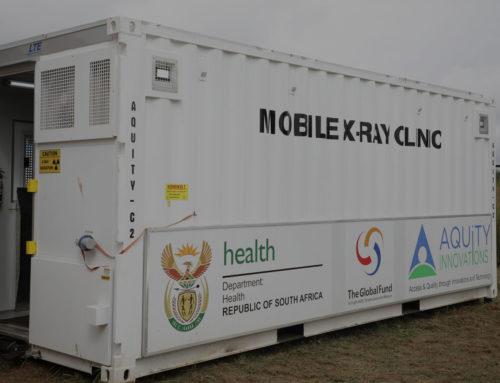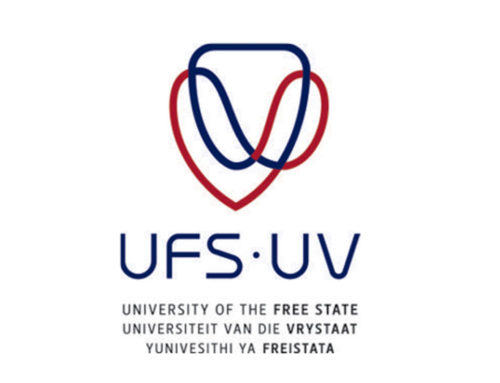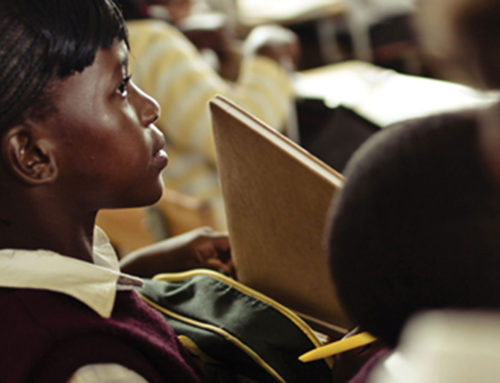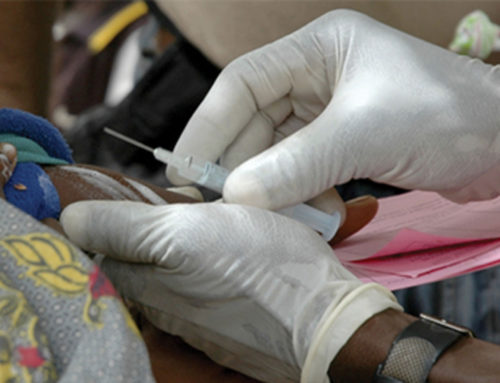The Global Fund to Fight AIDS, Tuberculosis and Malaria is an international partnership organization that pools the world’s resources to invest strategically in programs to end the AIDS, TB and malaria epidemics. in support attainment of the Sustainable Development Goals established by the United Nations”. The Global Fund mobilizes and invests more than US$4 billion a year to support programs run by local experts worldwide.
Since its creation in 2002, the Global Fund has contributed to more than 155 counties in the fight against TB, HIV, and malaria. The health investments through the global fund have saved 38 million lives and provided prevention, treatment, and healthcare services, helping to restore communities, strengthen local health systems and improve economies.
As a partnership of governments, civil society, technical agencies, the private sector, and people affected by the diseases, the Global Fund pools the world’s resources to invest strategically in programs to end AIDS, TB and malaria as epidemics, and is responsible for 65% of all the international funding for interventions and programs regarding all forms of TB.
Between 2018 and 2020, the Global Fund decided to give special attention to the 13 countries that contribute to 75% of all missing cases, South Africa being one of them.
In 2019, AQUITY was named one of the Global Fund grant sub-recipients working together with the South African National Department of Health to implement programmes to accelerate the end of the TB epidemic. TB programmes have been implemented in the Ehlanzeni District Municipality in the Mpumalanga, and the OR Tambo District Municipality and Buffalo City Metropolitan Municipality in the Eastern Cape.
Major projects include the use of digital chest X-rays in rural communities to screen all residents and the nutritional support programme providing food parcels for TB patients in need.




